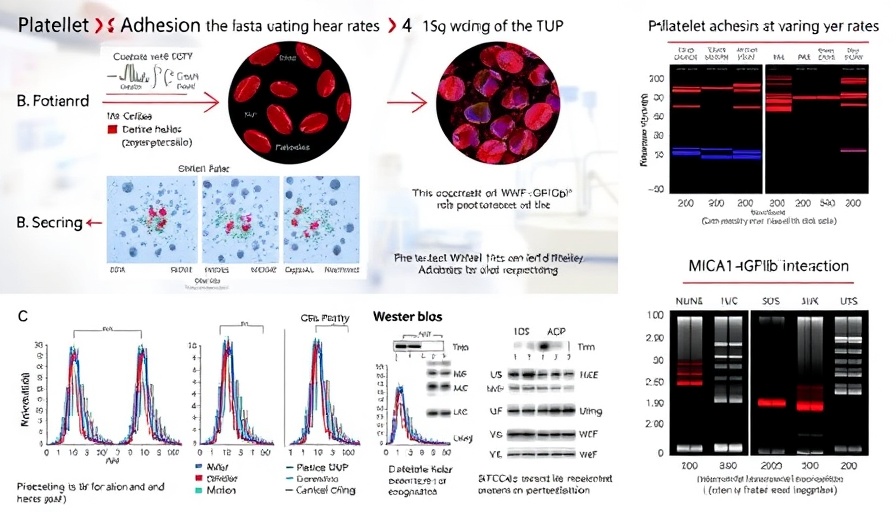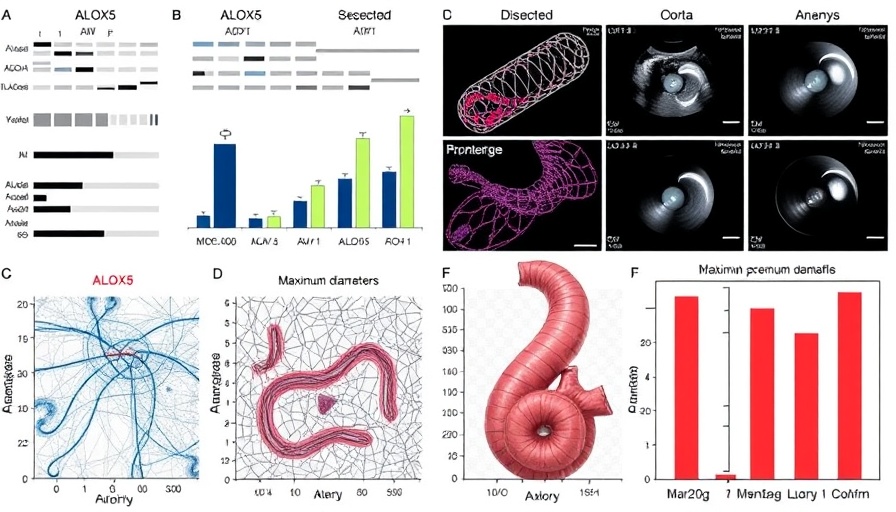
Understanding the Power of F-actin in Platelet Function
Mechano-dependent interactions play a crucial role in thrombus formation and hemostasis—a fancy word for our blood’s ability to clot and prevent excessive bleeding when we get hurt. At the heart of this intricate process is the interaction between von Willebrand factor (VWF) and the platelet receptor GPIb-IX-V, which is paramount for stable platelet adhesion to damaged blood vessels.
Unveiling the Role of MICAL1
Recent groundbreaking research has identified the oxidoreductase MICAL1 as a significant player in this field. Under shear conditions—think of the strong forces produced by rapidly flowing blood—MICAL1 activates and promotes the disassembly of F-actin around the GPIb-IX-V complex. This disassembly not only enhances the binding of VWF to GPIbα but also inspires the translocation of these complexes to lipid rafts—think of these as specialized regions on the membrane that could be compared to VIP lounges at a club, facilitating more efficient interactions.
The Shear Factor: Why It Matters
It’s easy to overlook the importance of sheer forces in our everyday health discussions, but they can’t be ignored when talking about how our bodies respond to injuries. This study reveals that when MICAL1 is absent, platelets can’t adhere properly, showing increased deformability and, consequently, a less effective thrombus formation in vivo. Imagine trying to patch a leaky sink with flimsy tape—without sturdy support, your effort is futile. This is a critical insight that invites further exploration into how we can harness such knowledge to better understand or manipulate our healing processes.
Actin Dynamics: The Unsung Hero
The actin cytoskeleton, often viewed as structural scaffolding within our cells, paradoxically proves to be dynamic and responsive under varying physiological conditions. This study brings to light the pivotal role of actin remodeling in platelet function and mechanotransduction—how mechanical forces translate into cellular responses. Each contraction and extension of these thin filaments plays a role in shaping how effectively our platelets engage in the clotting process.
Future Directions and Health Implications
As we dive deeper into the research surrounding platelet function, especially under high shear conditions, the door opens to potential biohacking strategies that could improve healing processes. In future health and wellness optimization, we might look at regulating actin dynamics through diet, supplements, or even personalized health strategies. If MICAL1 significantly affects our body’s ability to heal from injuries, imagine the implications if we could influence its activity!
Practical Tips for Longevity and Wellness
While we might not all be able to replicate the precise mechanisms of platelet interactions in our daily lives, we can surely borrow some principles! Emphasizing a healthy diet rich in antioxidants could be one way to promote healthier cellular processes. Foods high in vitamins C and E, for instance, can combat oxidative stress, indirectly supporting actin dynamics. Moreover, incorporating regular physical activity promotes a healthy circulatory system, potentially aiding in effective platelet function.
Conclusion: Be Your Own Health Advocate
Understanding how our biology works is the first step in taking control of our health and longevity. By educating ourselves on these processes, we can make informed choices about our health, utilizing science-backed strategies to optimize our wellness. Adopt a holistic approach: balance nutrition with physical activity, manage stress, and always stay curious about the fascinating science behind healthy living.
So, dear readers, let’s embrace the art of biohacking as we navigate this journey toward longevity and wellness. After all, healthy living is not merely about existing; it’s about thriving!
 Add Row
Add Row  Add
Add 




Write A Comment